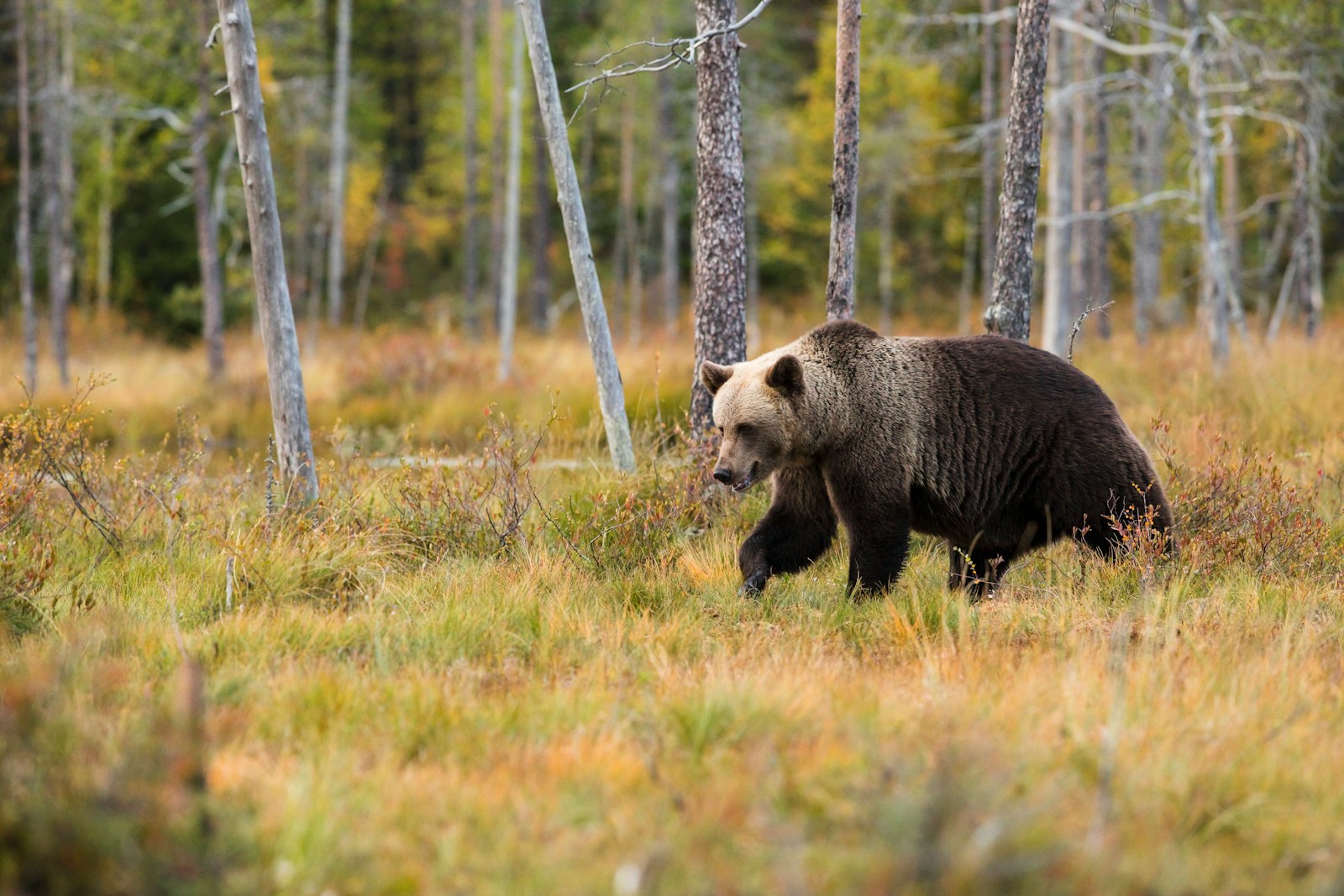Encountering a bear at your campsite can be both awe-inspiring and terrifying. These powerful wild animals command respect, and knowing how to respond appropriately could mean the difference between a memorable wildlife sighting and a dangerous situation. Bears typically avoid humans, but factors like food scarcity, habitat loss, and improper food storage at campsites may lead them into human spaces. This comprehensive guide will equip you with essential knowledge on bear behavior, prevention strategies, and step-by-step actions to take if a bear enters your campsite, helping you stay safe while respecting these magnificent creatures and their natural habitats.
Understanding Bear Behavior and Motivation
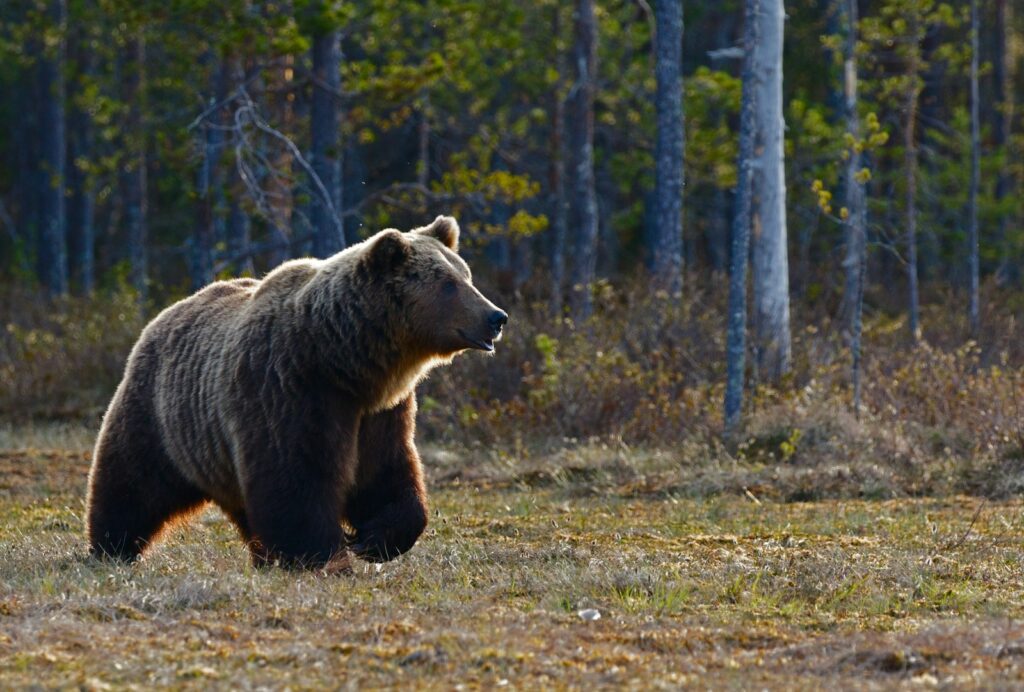
Bears are primarily motivated by food, which explains why they might venture into your campsite despite generally preferring to avoid human contact. They possess an incredible sense of smell—up to seven times more powerful than a bloodhound’s—allowing them to detect food sources from miles away. Black bears, grizzlies, and brown bears each display distinct behavioral patterns, but all share a common trait: they’re typically not interested in humans as prey. Instead, they’re attracted to improperly stored food, garbage, scented toiletries, and even the residual smells on your cooking equipment. Understanding that a bear’s primary motivation is sustenance rather than aggression helps frame appropriate responses when encountering these magnificent creatures at your campsite.
Prevention: The First Line of Defense
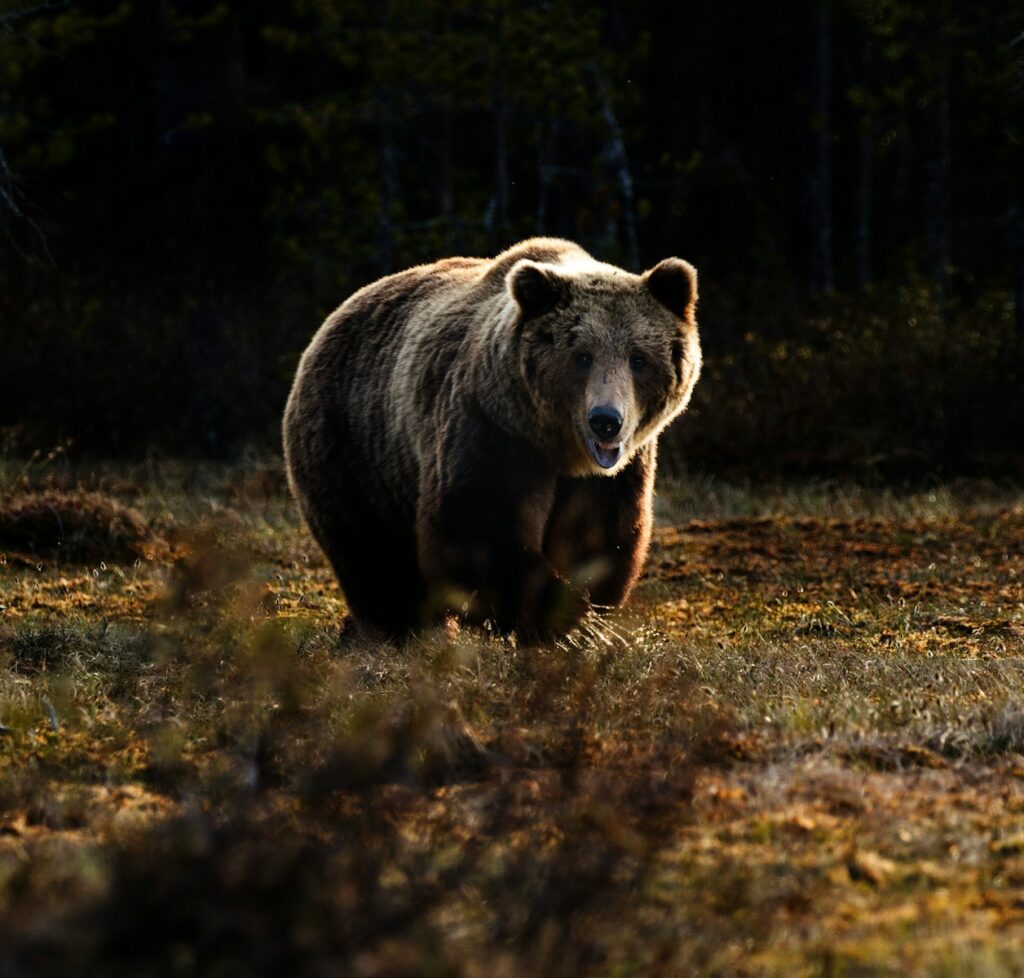
The most effective strategy for handling bear encounters is preventing them altogether through proper campsite management. Always store food, cooking equipment, and scented items (including toothpaste and deodorant) in bear-resistant containers or hang them at least 10-15 feet off the ground and 4 feet from any tree trunk. Cook at least 100 yards from your sleeping area to avoid food odors lingering where you’ll sleep. Thoroughly clean all cooking utensils immediately after use, and properly dispose of dishwater far from your campsite. Make noise while hiking and setting up camp to alert bears of your presence, as most bears prefer avoiding humans when given adequate warning. These preventative measures significantly reduce the likelihood of waking up to find a bear exploring your campsite.
Recognizing Warning Signs of Bear Activity
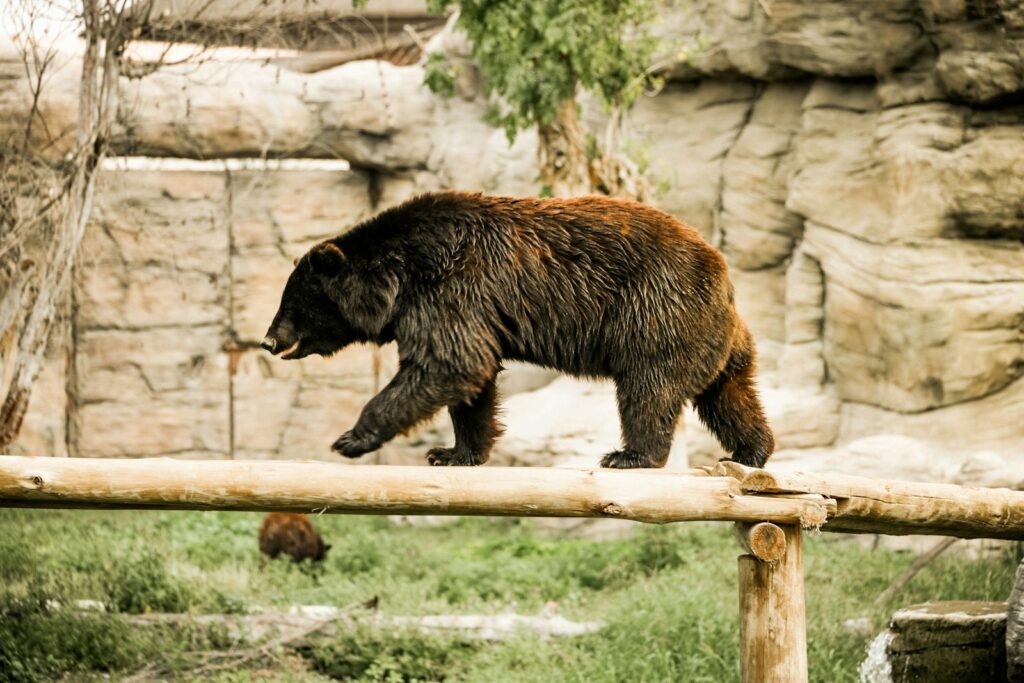
Being able to identify signs of bear presence can help you avoid unexpected encounters. Fresh tracks, particularly those showing five toe pads and claws, indicate recent bear activity in your vicinity. Scat (bear droppings) is another obvious indicator—black bear scat often contains berry remnants and appears segmented, while grizzly bear scat might contain more plant material and hair from prey animals. Pay attention to torn-up logs, scratch marks on trees (often used for communication and marking territory), and disturbed anthills or beehives, as these suggest bears have been foraging nearby. Unusual silence in the forest, such as birds suddenly stopping their calls, might indicate a large predator like a bear moving through the area. Being alert to these signs allows you to make informed decisions about campsite selection or whether to relocate.
Identifying Different Types of Bears
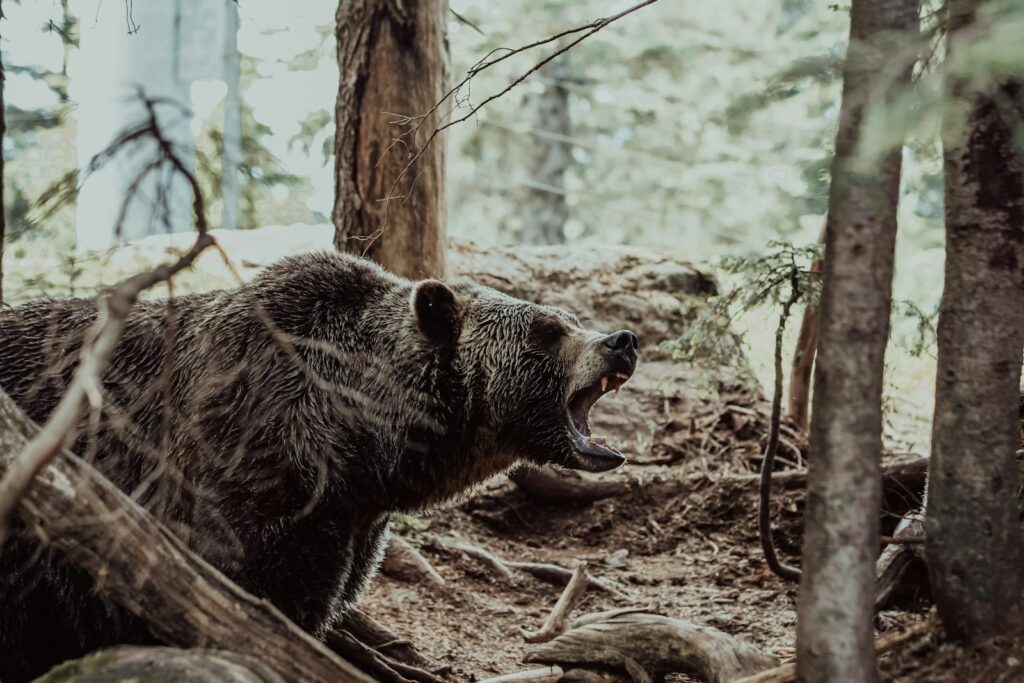
The appropriate response to a bear encounter partly depends on the species you’re facing, making identification skills valuable for outdoor enthusiasts. Black bears, despite their name, can range in color from jet black to cinnamon brown and even blonde, and are distinguished by their straight facial profile and taller ears. They’re generally more timid than their larger cousins and more likely to retreat from human confrontation. Grizzly and brown bears (technically the same species) are identifiable by their distinctive shoulder hump, dish-shaped facial profile, and smaller, rounded ears. They tend to be more aggressive in defending food sources and cubs, requiring different response tactics. In polar bear territory, these massive white predators present unique challenges as they’re more likely to view humans as potential prey—special precautions beyond standard bear safety are essential in their habitat range.
Stay Calm: Your Initial Response
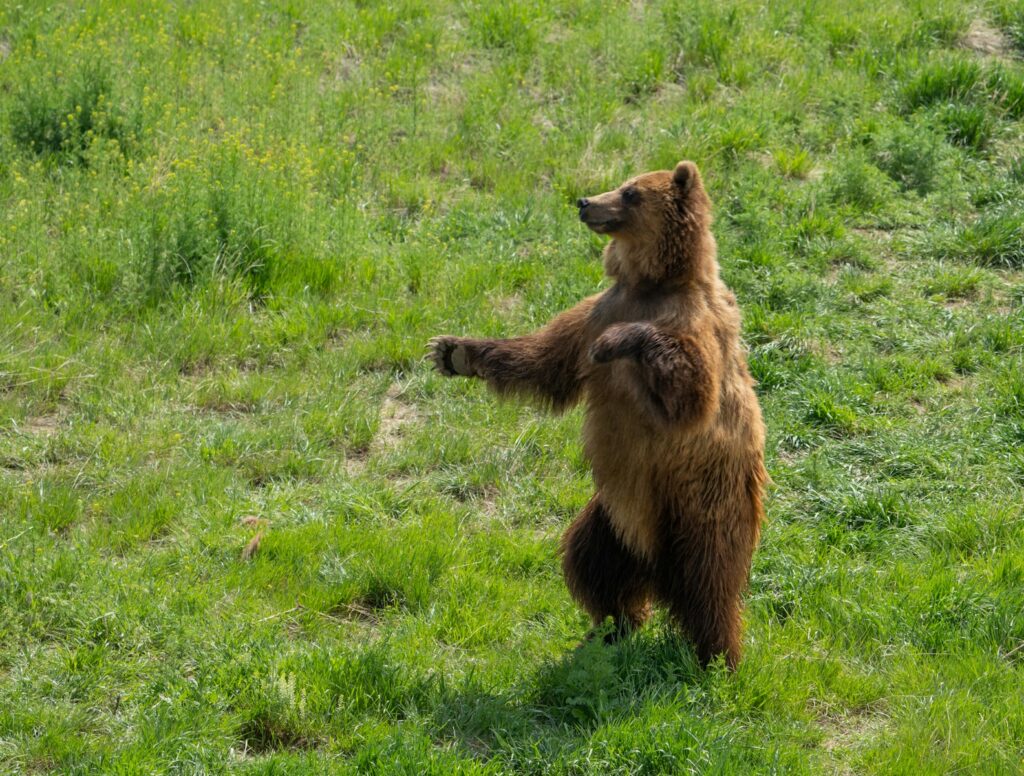
When you first notice a bear in your campsite, your immediate reaction can significantly influence the outcome of the encounter. Fight the instinctive urge to panic, run, or make sudden movements, as these actions might trigger the bear’s predatory instincts or defensive aggression. Instead, maintain your composure and speak in a calm, firm voice that’s loud enough for the bear to recognize you as human but not so loud that it feels threatened. This human vocalization helps distinguish you from prey and may prompt the bear to leave on its own. While maintaining visual awareness of the bear, slowly gather your group together to appear larger and more formidable. Remember that most bears enter campsites searching for food rather than confrontation, so your calm demeanor communicates that you’re neither prey nor threat.
Group Behavior During a Bear Encounter
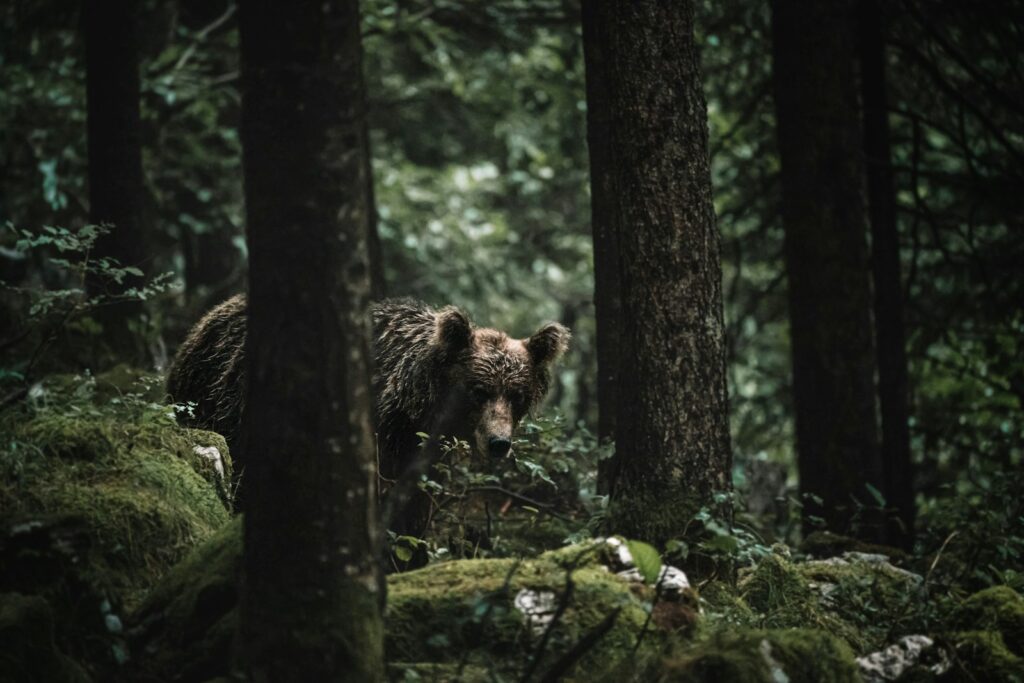
How your group responds collectively can significantly impact the outcome of a bear encounter at your campsite. Immediately but calmly gather everyone together to present a unified, larger presence that bears typically find more intimidating. Designate one person to speak in a calm, assertive voice while others remain quiet to avoid confusing or exciting the bear with multiple voices. Never allow anyone to run away, as this can trigger predatory chase instincts in bears. Children should be picked up immediately without frantic movements and held securely. If you have multiple adults in your group, form a tight circle with children and less experienced campers in the center, creating a human barrier that appears more formidable to the investigating bear. This organized group response communicates strength without aggression, often encouraging the bear to seek easier foraging opportunities elsewhere.
Dealing with a Curious Bear
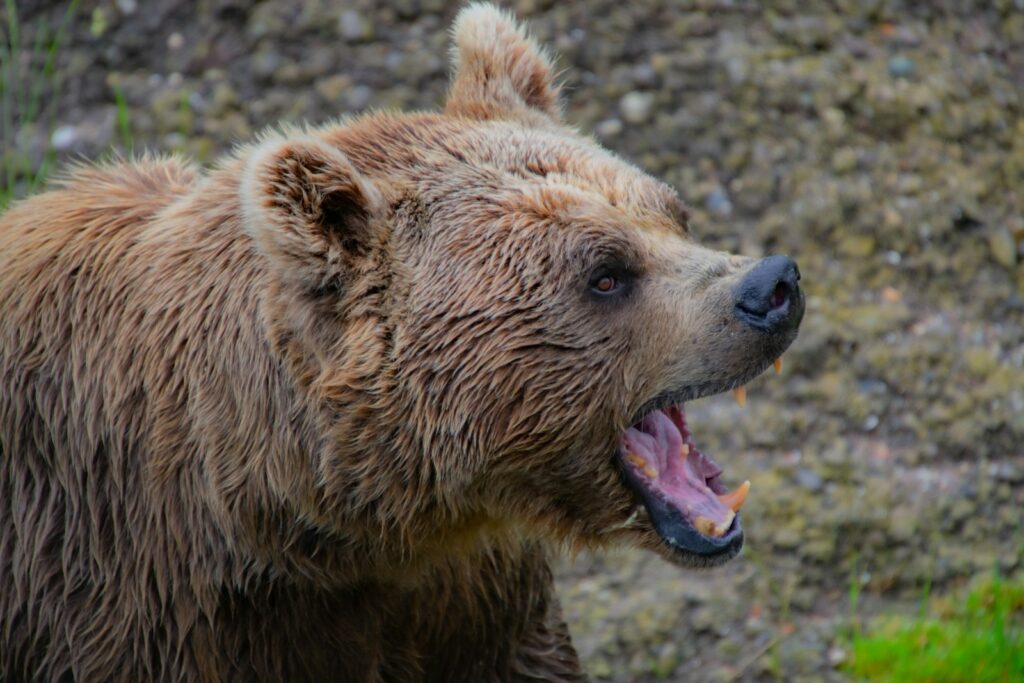
A curious bear that wanders into your campsite presents a different situation than an aggressive one and requires a measured response. These investigating bears often display body language indicating their uncertainty—they may stand on hind legs (to better see and smell, not as an aggressive posture), sniff the air repeatedly, or approach with a meandering path rather than a direct charge. When facing a curious bear, stand your ground while speaking firmly and calmly to identify yourself as human. Make yourself appear larger by raising your arms or opening a jacket wide while continuing to talk. If the bear approaches, increase the volume of your voice gradually and begin to make yourself even more imposing through size and sound. Most curious bears will eventually determine you’re not worth the potential risk and will retreat once their curiosity is satisfied, especially if there’s no food reward reinforcing their approach.
When Bears Are Attracted to Your Food
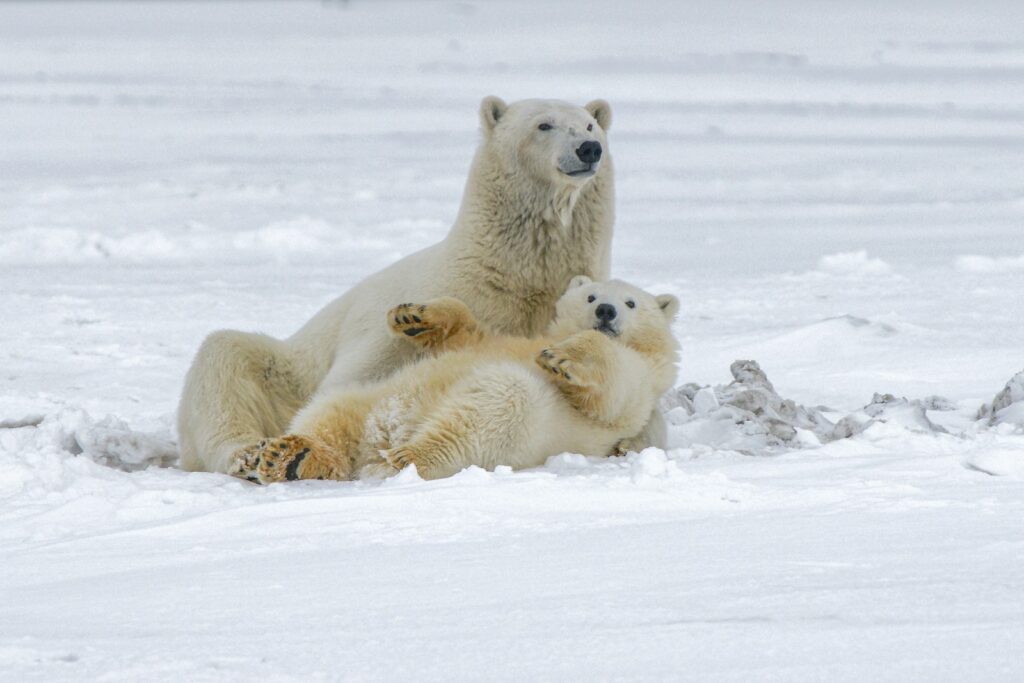
When a bear enters your campsite specifically targeting your food supply, you face a particularly challenging situation requiring strategic thinking. Never attempt to retrieve food from a bear, as this creates dangerous competition that the bear will almost certainly win. If the bear hasn’t yet reached your food supplies, you may attempt to move them to secure storage while maintaining a safe distance and clear escape route. For food already being consumed by the bear, accept the loss rather than risking confrontation—a fed bear will often leave once satisfied. After the encounter, it’s critical to report the incident to park rangers or local wildlife authorities, as bears that successfully obtain human food typically return for more, creating habituated behavior patterns that endanger future campers. Remember that surrendering your food supply, while disappointing, represents a much better outcome than a physical confrontation with a powerful wild animal.
Bear Spray: How and When to Use It
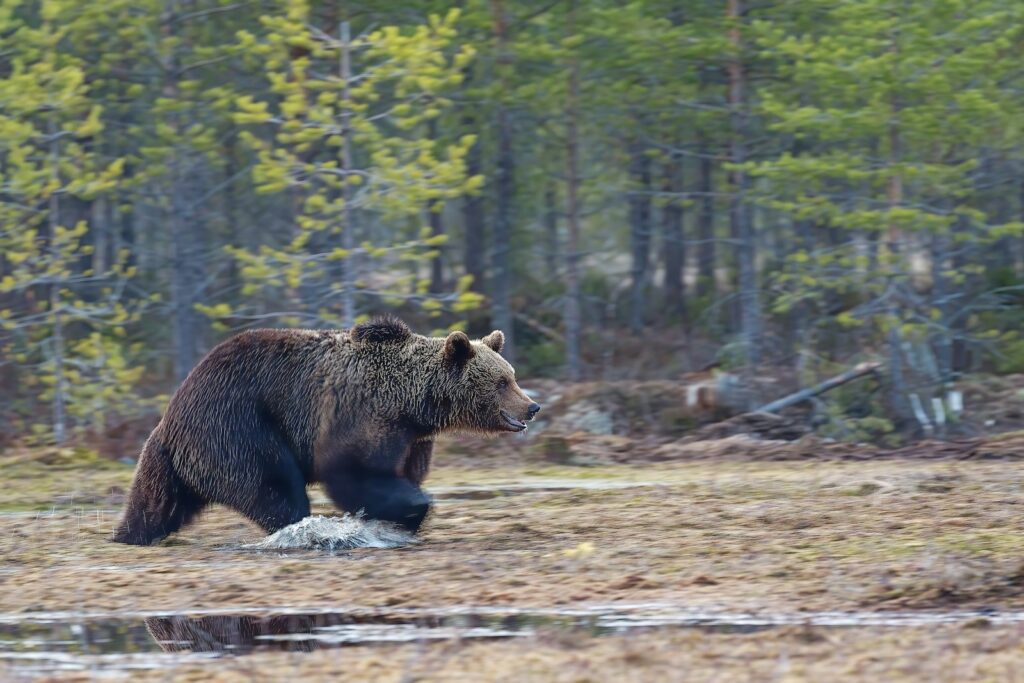
Bear spray represents one of the most effective deterrents against charging or aggressive bears, but proper usage is critical for safety and effectiveness. Always carry bear spray in an easily accessible location—not buried in your backpack—and familiarize yourself with its operation before your trip, including practicing removing the safety clip and holding it correctly. When deploying bear spray, wait until the bear is within 30-40 feet (effective range varies by product) to avoid the spray dissipating before reaching the target. Aim slightly downward to create a cloud that the bear must pass through, accounting for wind direction to avoid blowback. After deploying the spray, continue backing away slowly without turning your back on the animal. Studies show bear spray is more effective than firearms in preventing injury during bear encounters, with success rates above 90% when properly deployed, making it an essential tool for backcountry travelers.
Playing Dead vs. Fighting Back
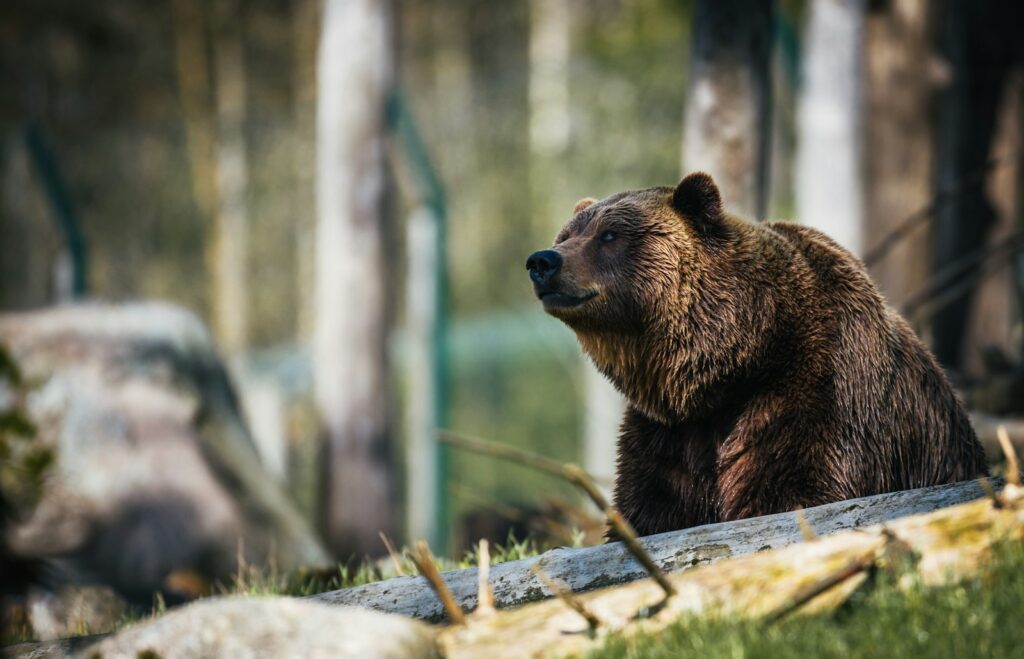
The decision between playing dead or fighting back depends critically on the type of bear and the nature of the encounter. If a brown or grizzly bear attacks defensively (usually a sudden attack when surprised or protecting cubs), experts recommend playing dead as a last resort if contact is imminent. Position yourself face-down with legs spread for stability, hands clasped behind your neck to protect it, and remain still until the bear leaves the area. Conversely, if any bear species (including black bears) appears to be stalking you or attacks at night in your tent—behaviors suggesting predatory intent—fighting back vigorously with any available weapons is recommended. Strike the bear’s face, particularly the nose and eyes, with whatever tools you have, from trekking poles to rocks to bear spray. This critical distinction between defensive and predatory attacks requires quick assessment and appropriate response to maximize survival chances.
After the Encounter: Next Steps
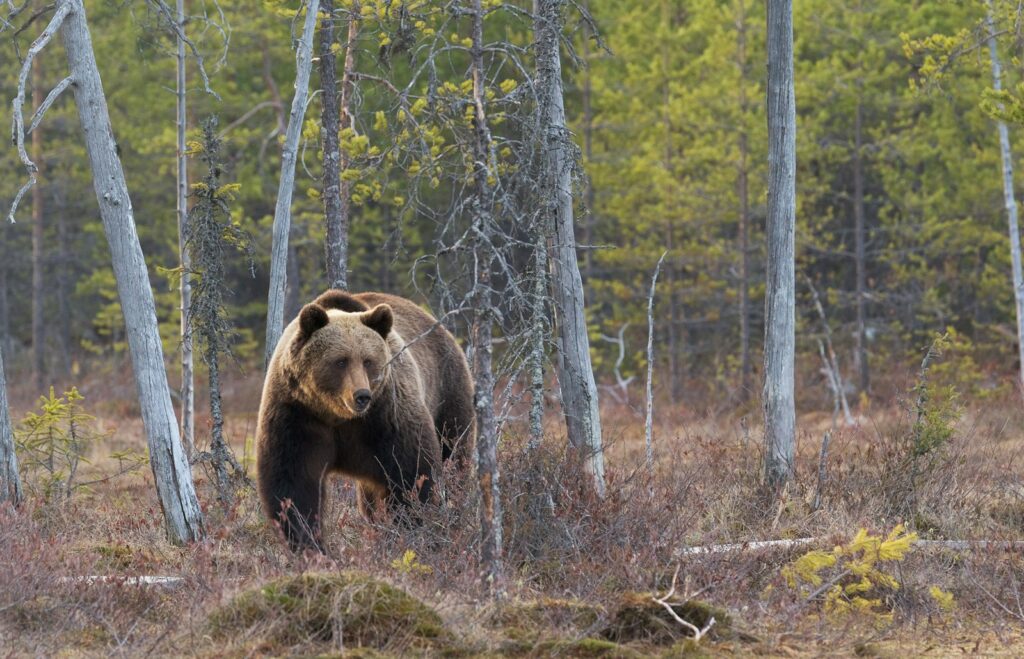
Once a bear has left your campsite, your actions in the following hours are crucial for both safety and conservation. Immediately secure any food or attractants that might encourage the bear’s return, even if this means packing up in the middle of the night. Carefully inspect your campsite for any overlooked food particles, wrappers, or scented items that could attract wildlife. If the bear obtained food from your site, relocation is strongly recommended, as the animal will likely return seeking more rewards. Report the encounter to local wildlife authorities with specific details about the bear’s appearance, behavior, and whether it obtained food—this information helps wildlife managers identify problem bears and take appropriate conservation measures. Take time to process the emotional impact of the encounter with your group, addressing any fears or concerns before continuing your wilderness experience.
Bear Deterrent Technologies and Tools
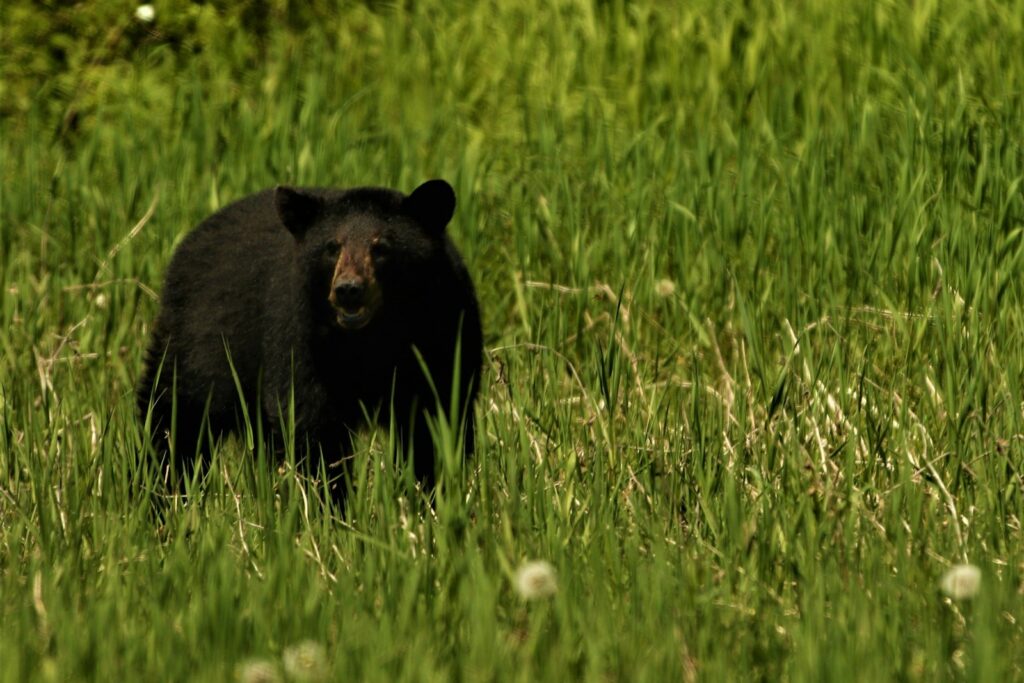
Beyond bear spray, multiple technologies and tools can help deter bears from entering your campsite in the first place. Portable electric fences designed specifically for backcountry use create an effective perimeter around your campsite, delivering a painful but harmless shock to investigating bears. Bear bells attached to packs or clothing alert bears to your presence while hiking, though their effectiveness is debated among experts who suggest human voices carry better in wilderness settings. Motion-activated alarm systems detect approaching animals and emit loud sounds or flashing lights to startle and discourage bears from entering your space. Bear canisters and bags have evolved significantly, with modern versions offering lightweight yet bear-resistant food storage options that comply with regulations in most national parks and wilderness areas. These technological solutions complement, rather than replace, fundamental bear safety practices like proper food storage and campsite cleanliness.
Teaching Children About Bear Safety
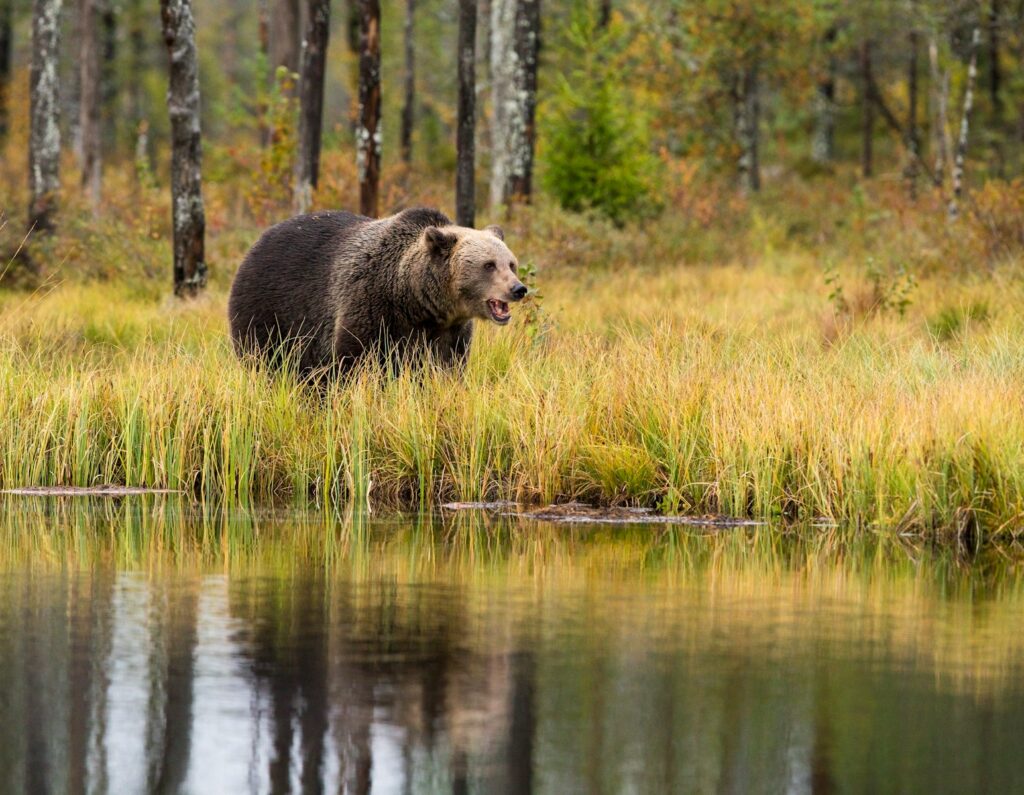
Educating children about bear safety requires a balanced approach that instills respect without creating paralyzing fear about wilderness experiences. Begin with age-appropriate explanations about why bears might visit campsites, emphasizing their natural curiosity and hunger rather than portraying them as monsters. Practice bear encounter scenarios at home before your trip, teaching children to move slowly toward adults without running, screaming, or making sudden movements. Assign children specific roles during campsite setup, such as helping properly store food in bear canisters or bear bags, which gives them ownership in the safety process. Create a simple rhyme or memory device for children to remember basic bear safety, such as “Stay together, look big, talk loud, back away” to help them recall proper protocols even under stress. With proper education, children can develop a healthy respect for wildlife while building confidence in outdoor settings.
Conclusion
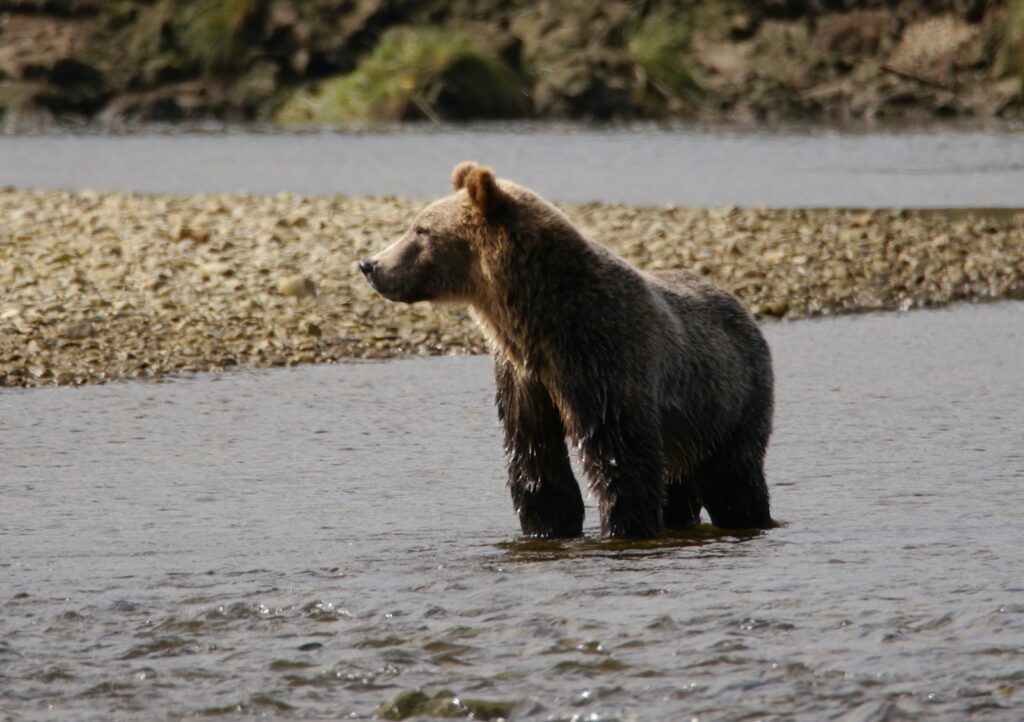
Encountering a bear at your campsite is a situation that demands respect, knowledge, and preparation rather than panic. By understanding bear behavior, implementing preventative measures, and knowing how to respond appropriately to different scenarios, you significantly reduce the risk of negative outcomes. Remember that most bears prefer avoiding humans and enter campsites primarily seeking food, not confrontation. With proper food storage, situational awareness, and measured responses, you can coexist safely with these magnificent animals. After all, we’re visitors in their natural habitat, and learning to share that space respectfully enhances both human safety and wildlife conservation. By preparing for potential bear encounters before they happen, you’ll not only protect yourself and your camping companions but also contribute to preserving these iconic wilderness inhabitants for future generations.

